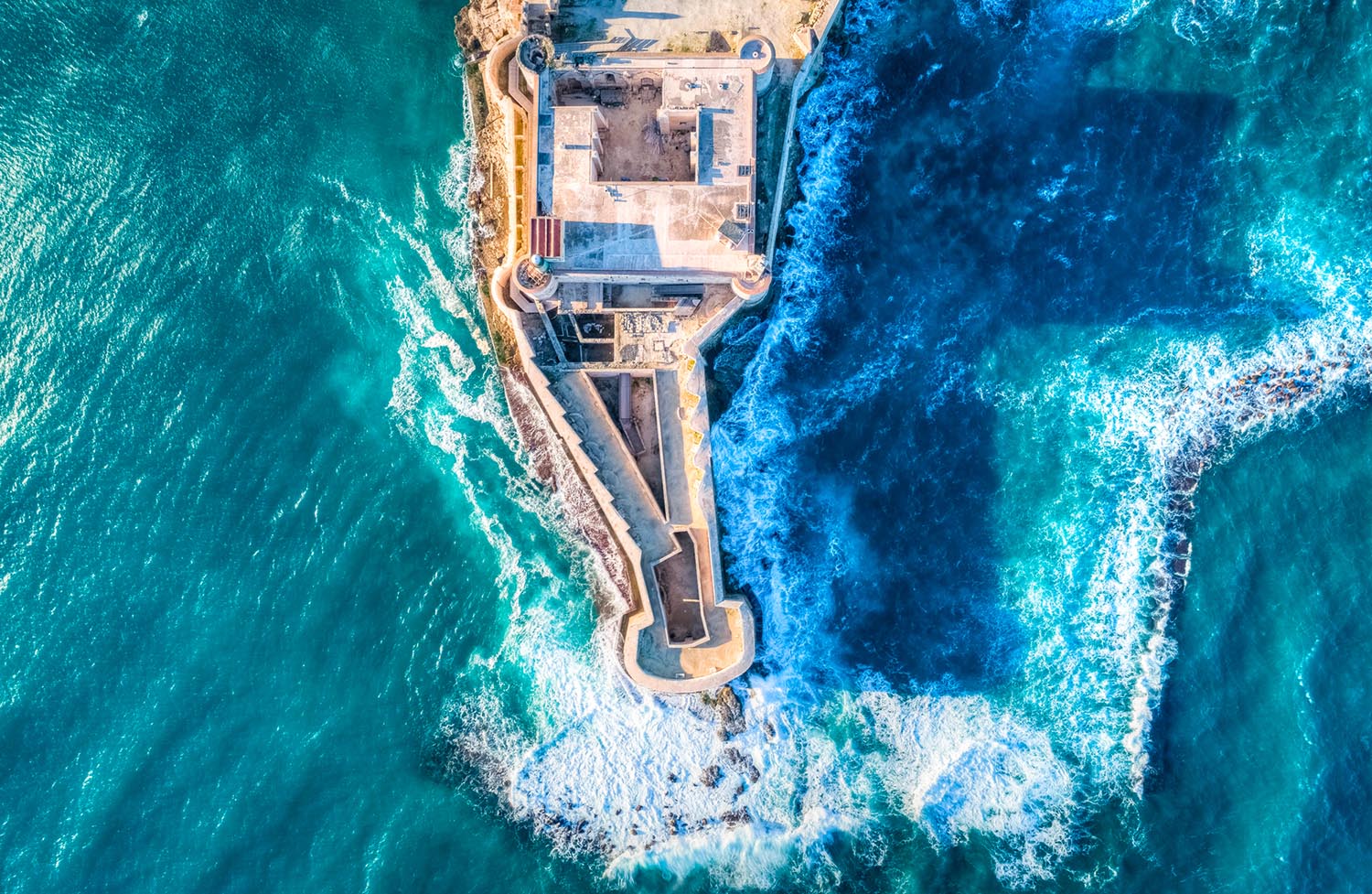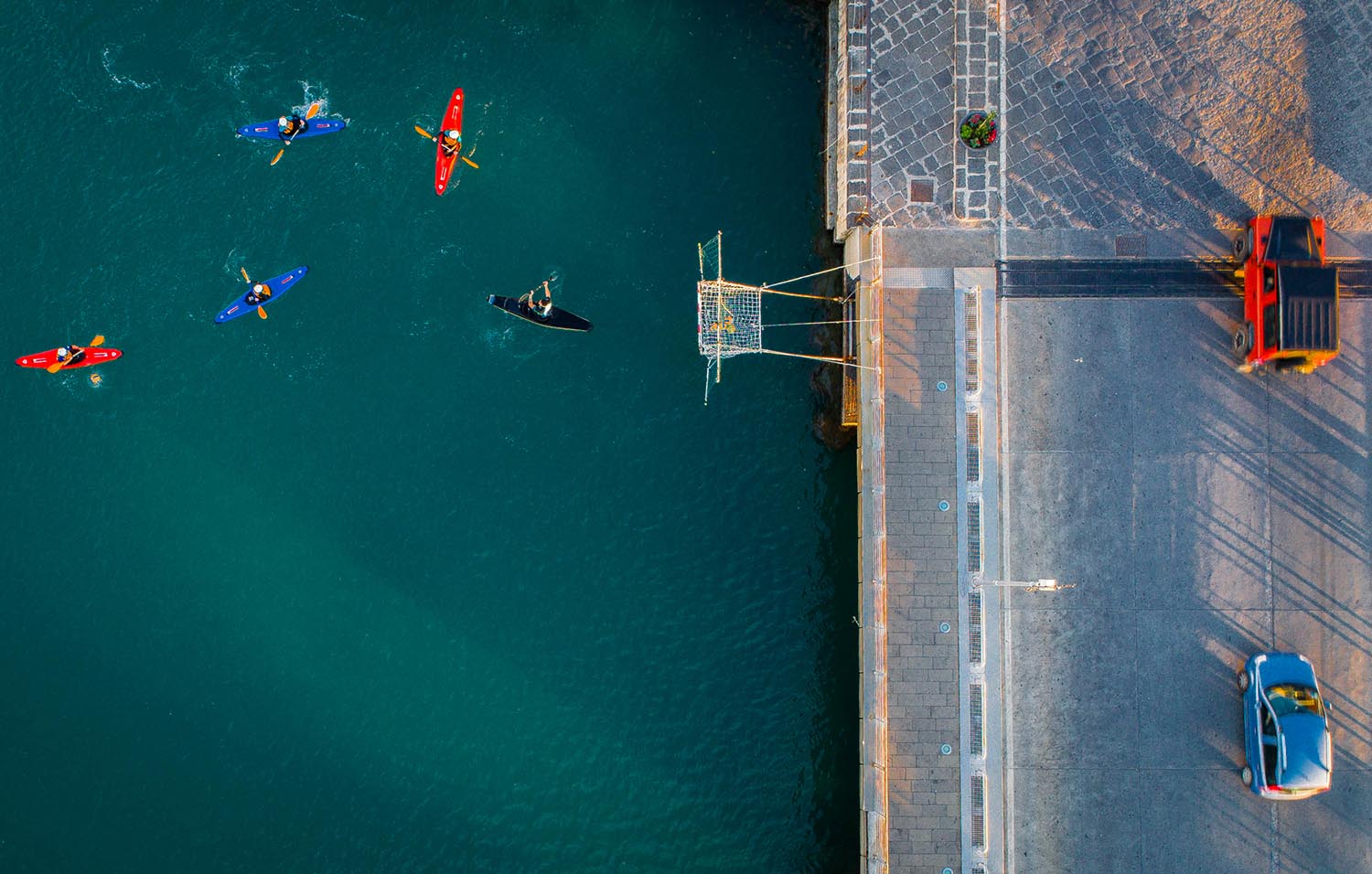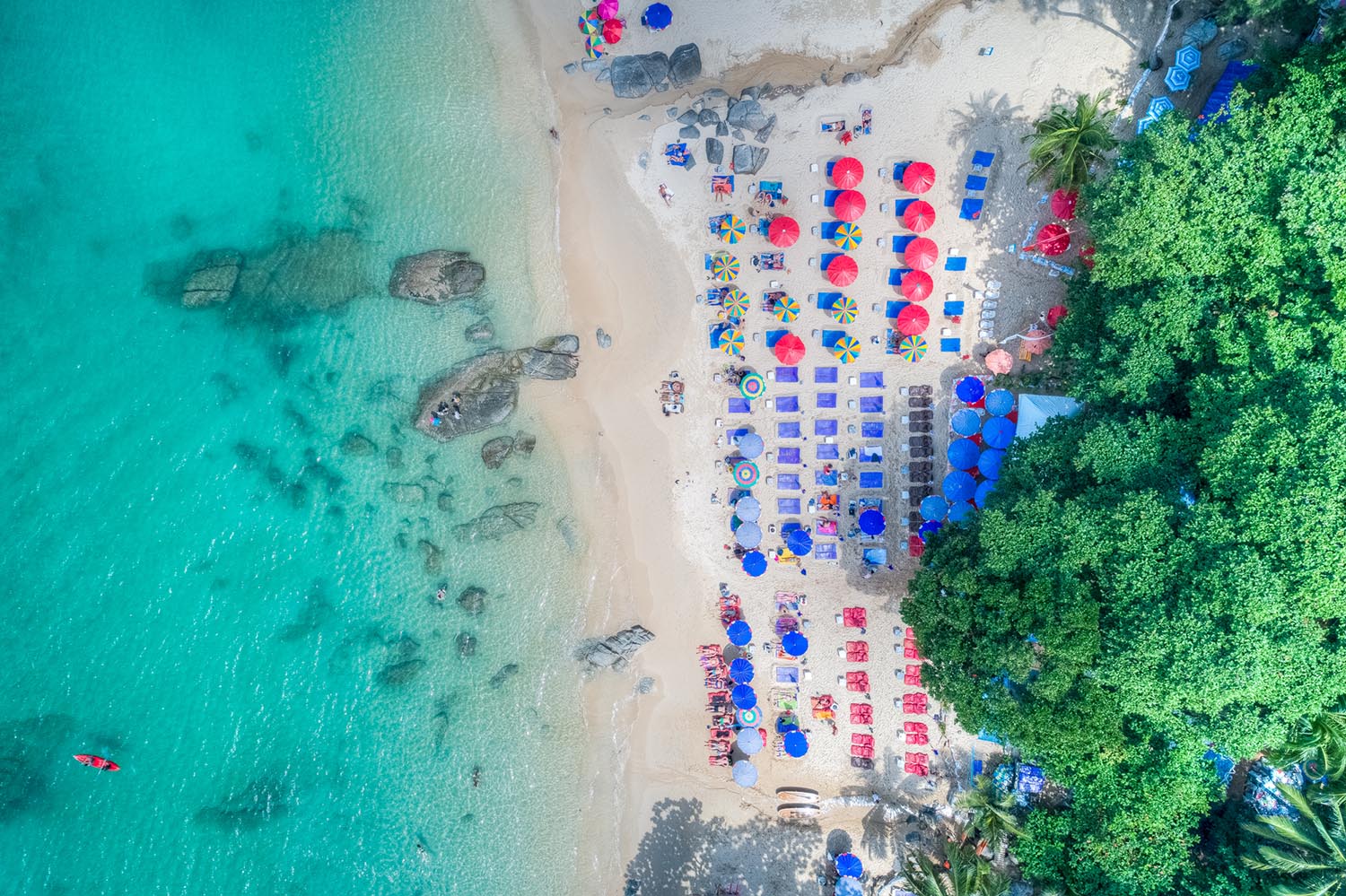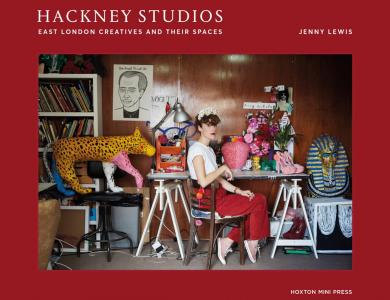
Placido Faranda is an Italian aerial photographer born in Catania (Italy). He holds a Master’s Degree in Internet Marketing from the University of Paris. He started his professional career in France, working for leading digital advertising agencies. He’s been based in Switzerland (Lugano) since 2012, managing the European e-commerce business for a multinational company.
He is shortlisted in the 2017 Sony World Photography Awards, in the Open Travel category. Winners will be announced on 21st April, 2017.
Tell us a little about yourself and your photography
I’m 38 years old and was born in Catania, a city on the east coast of Sicily, right under the tallest active volcano in Europe, Mount Etna.
I left the island at 18, studying and living abroad, in many different countries: France, Ireland, Taiwan and finally Switzerland, where I’ve been based since 2012. I have been passionate about photography for the past 10 years, combining DSLR and mirrorless camera to shoot travel and street photography.
I discovered aerial photography a couple of years ago thanks to a friend who pushed me to give his camera drone a try. Since then aerial photography has become my passion and I’m striving to make it my second job. With that same friend I created fromabove.ch, a project offering aerial video and photo services. We work mainly with luxury hotels and real estate companies in Switzerland. I also carry out some personal projects with tourism organizations and of course I love to create photographic content to share on my Instagram page and my website. I’m currently working on building my next personal photographic project, and I hope that this contest will give me the opportunity to find some sponsors to cover some of the involved costs.

Why photography?
I come from a family where art has been always been encouraged as form of self-expression. My mom is a sculptress, my sister a singer.
When I was a child my dad had his own darkroom in our garage. I still remember the acid smell of the fixing agents. However, I was a bit more of a nerd than an artist. The Internet was booming and my attention moved into computers for a while, until the emerging of digital photography. With DSLR cameras first and mirrorless after, I discovered the pleasure of taking shots and I started to study the principles of photography and composition. However, with the advent of drones I realized I was blessed. I finally found the perfect mix between my two biggest passions: photography and technology.

What are the logistical concerns with aerial photography and how do you overcome them?
Traveling with a drone can be a very demanding task when your journey involves airlines. For instance, one of the largest airlines in the world forbids at the same time bringing drones into the cabin while storing in the check-in luggage any lithium batteries. In those cases all the equipment must be split. Ad-hoc hard cases to ship the drone and multifunctional backpack to carry the rest of the equipment (in my case 4 batteries, cables, charger, wings, nd filters etc) is essential. In long haul flights luggage allowance is usually by total weight, not by pieces. This helps avoid charges for excess luggage. Once at destination though, you have to deal with it. If my travel involves moving from place to place, I make sure to arrange in advance private transportation.
Lately there are smaller drones available for traveling purposes; however the compromise is a lower image quality compared to my actual aerial platform. So I prefer to plan in advance and bring my favorite drone.

Tell us about your most memorable shoot
Well, something that I will probably always remember is a shooting in the Phi Phi Islands last January. I rented one of those typical long-tail boats. We were visiting Wang Long Bay and I could not manage flying inside the bay because it was nested around very high cliffs blocking all GPS reception on my drone. I asked the boat driver to make a stop on open water once we were out from the bay so I could shoot the bay from above. The sea was a bit rough with very strong currents and I was too busy lifting off my drone from the shaky boat.
Because of a miscommunication with the guy on the boat I thought he had dropped the anchor, but he didn’t. Now, when you fly a drone the GPS inside records the “homepoint” you are taking off from, making your return journey possible. You can imagine the outcome. I finished my shooting with a small amount of battery left and I realize the “homepoint” didn’t match anymore. The currents had brought us far away from the point I took off. To complicate things further, it was high season and there were plenty of other long-tail boats in the same area. With an adrenaline rush, I had to check out every single boat on our trajectory and I finally found mine, helped by the color of the boat parasol. Definitely a memorable shoot!

Do you have a photographic philosophy?
I have developed a consolidated approach to aerial photography in regards to composition, research, and style.
From a composing perspective 99% of my shots are top-down, with the drone camera perpendicular to the ground. I like how top-down shots redesign our classic perspective, forcing to compose each shot accordingly.
Research is the other consolidated element of my photography. Something that from the ground may not look like much can be an eye catching sight from the sky (and vice versa). In this regard Google Earth is a wonderful scouting and pre-shooting tool.
Finally my photographic style is a quest of colors and contrasts with a preference for seaside shots.


